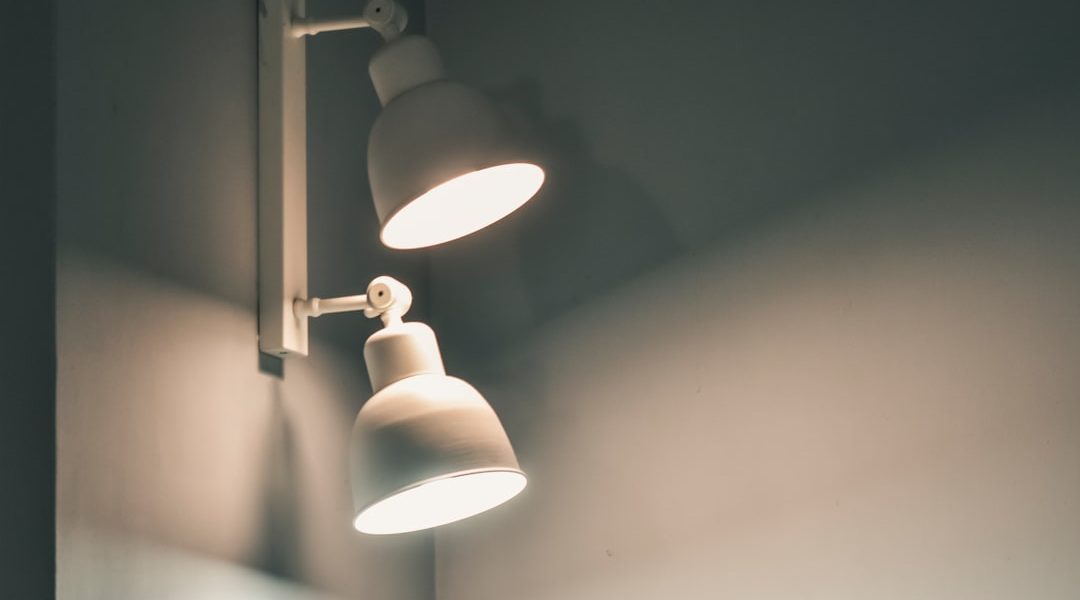
Enhance Your Space with Pendant Lighting
Pendant lighting is a type of lighting fixture that hangs from the ceiling using a chain, rod, or cord. It is characterized by its single light source, which is often enclosed in a decorative shade or glass globe. Pendant lighting has been used for centuries to provide both functional and aesthetic lighting in homes and other spaces.
The history of pendant lighting dates back to ancient times when people used oil lamps suspended from the ceiling to light their homes. Over the years, pendant lighting has evolved and become more sophisticated in design and functionality. Today, it is a popular choice for homeowners looking to add style and illumination to their living spaces.
Pendant lighting plays a crucial role in home decor. It not only provides essential task lighting but also adds visual interest and creates ambiance and mood in a room. With its wide range of styles, sizes, and designs, pendant lighting can enhance the overall design of any space and become a focal point in the room.
Benefits of Pendant Lighting in Home Decor
1. Provides task lighting: Pendant lighting is an excellent choice for providing focused task lighting in specific areas of a room. Whether it’s over a kitchen island, a dining table, or a workspace, pendant lights can illuminate the area where you need it most. They provide direct light that is perfect for tasks such as cooking, reading, or working on projects.
2. Adds visual interest to a space: Pendant lights come in various shapes, sizes, and designs, making them a versatile option for adding visual interest to any room. Whether you prefer sleek and modern or ornate and traditional styles, there is a pendant light that can complement your decor and make a statement. Pendant lights can serve as decorative accents that enhance the overall aesthetic appeal of a space.
3. Creates ambiance and mood: Pendant lighting is an excellent way to create ambiance and set the mood in a room. By using dimmable bulbs or adding a dimmer switch, you can easily adjust the brightness of the pendant lights to create a cozy and intimate atmosphere. Pendant lights with colored or textured shades can also add a touch of drama and create a unique ambiance in any space.
4. Saves space: Pendant lighting is an ideal choice for small spaces or rooms with low ceilings. Unlike floor lamps or table lamps, pendant lights hang from the ceiling, saving valuable floor and surface space. They provide ample lighting without taking up any additional room, making them perfect for rooms with limited square footage.
5. Enhances the overall design of a room: Pendant lighting can be a design element in itself. With its wide range of styles, materials, and finishes, pendant lights can complement and enhance the overall design of a room. Whether you want to add a touch of elegance with crystal pendant lights or create an industrial look with metal pendant lights, there is a pendant light that can perfectly match your decor style.
Choosing the Right Pendant Lights for Your Space
1. Consider the purpose of the lighting: Before choosing pendant lights for your space, consider the purpose of the lighting. Are you looking for task lighting in a specific area, or do you want to create ambient lighting throughout the room? Understanding the purpose will help you determine the type and placement of pendant lights.
2. Determine the size and scale of the pendant lights: The size and scale of pendant lights are crucial considerations when choosing the right ones for your space. A general rule of thumb is to choose pendant lights that are one-third to two-thirds the width or diameter of the surface they will be hanging over. For example, if you have a kitchen island that is six feet long, pendant lights that are two to four feet wide would be appropriate.
3. Choose the right material and finish: Pendant lights come in a variety of materials and finishes, including metal, glass, fabric, and wood. Consider the overall style and decor of your space when choosing the material and finish of the pendant lights. For a modern and sleek look, metal pendant lights with a polished or brushed finish are a great choice. If you prefer a more traditional or rustic look, pendant lights made of wood or with a distressed finish would be more suitable.
4. Decide on the number of pendant lights needed: The number of pendant lights you need will depend on the size of the space and the desired lighting effect. In general, it is best to use an odd number of pendant lights for a balanced and visually appealing look. For example, three pendant lights can be used over a kitchen island or dining table, while a single pendant light can be used as a focal point in a smaller space.
5. Take into account the height of the ceiling: The height of your ceiling will also play a role in choosing the right pendant lights. For higher ceilings, you can opt for longer pendant lights that hang lower to create a dramatic effect. However, for lower ceilings, it is important to choose pendant lights that hang at an appropriate height to avoid any obstructions or safety hazards.
Pendant Lighting Styles and Designs
1. Modern and contemporary pendant lighting: Modern and contemporary pendant lighting is characterized by clean lines, sleek designs, and minimalist aesthetics. These types of pendant lights often feature materials such as metal, glass, or acrylic and come in various shapes and sizes. They are perfect for adding a touch of sophistication and elegance to any modern or contemporary space.
2. Traditional and classic pendant lighting: Traditional and classic pendant lighting is inspired by timeless designs and often features ornate details, intricate patterns, and rich finishes. These types of pendant lights are perfect for adding a touch of elegance and old-world charm to traditional or classic spaces such as dining rooms or entryways.
3. Rustic and industrial pendant lighting: Rustic and industrial pendant lighting is characterized by raw materials, distressed finishes, and exposed bulbs. These types of pendant lights are perfect for creating a rustic or industrial look in spaces such as kitchens, living rooms, or home offices. They add a touch of warmth and character to any space.
4. Artistic and unique pendant lighting: Artistic and unique pendant lighting is perfect for those looking to make a statement and add a touch of creativity to their space. These types of pendant lights often feature unconventional shapes, bold colors, and artistic designs. They can serve as a focal point in any room and become a conversation starter.
How to Install Pendant Lighting
1. Gather the necessary tools and materials: Before installing pendant lighting, gather all the necessary tools and materials. This may include a ladder, wire strippers, wire connectors, electrical tape, a screwdriver, and the pendant light fixture itself.
2. Turn off the power: Before starting any electrical work, it is essential to turn off the power to the area where you will be installing the pendant lights. Locate the circuit breaker or fuse box and switch off the power to the specific area.
3. Install the mounting bracket: Start by installing the mounting bracket onto the electrical box in the ceiling. Follow the manufacturer’s instructions for attaching the bracket securely.
4. Connect the wiring: Next, connect the wiring of the pendant light fixture to the wiring in the ceiling. This may involve stripping the ends of the wires, connecting them using wire connectors, and securing them with electrical tape.
5. Attach the pendant light: Once the wiring is connected, attach the pendant light fixture to the mounting bracket using screws or other hardware provided by the manufacturer. Make sure it is securely fastened.
Pendant Lighting for Different Rooms in Your Home

1. Pendant lighting for the kitchen: Pendant lighting is a popular choice for kitchen islands or breakfast bars. It provides task lighting for food preparation and adds a stylish touch to the overall kitchen design. Consider using multiple pendant lights in a row for a more dramatic effect.
2. Pendant lighting for the dining room: Pendant lighting is often used in dining rooms to create a focal point and provide ambient lighting. A single large pendant light or a cluster of smaller pendant lights can be hung over the dining table to create a visually appealing and well-lit space.
3. Pendant lighting for the living room: Pendant lighting can be used in the living room to add style and illumination. It can be used as a decorative accent or to provide task lighting in specific areas such as reading nooks or seating areas.
4. Pendant lighting for the bedroom: Pendant lighting can be used in the bedroom as an alternative to traditional bedside table lamps. Hanging pendant lights on either side of the bed can free up space on bedside tables and create a sleek and modern look.
5. Pendant lighting for the bathroom: Pendant lighting can be used in the bathroom to provide both task lighting and ambient lighting. Pendant lights can be hung on either side of the vanity mirror to provide even illumination for grooming tasks, while a larger pendant light can be used as a focal point in the center of the bathroom.
Pendant Lighting for Outdoor Spaces
1. Types of pendant lighting suitable for outdoor spaces: When choosing pendant lighting for outdoor spaces, it is important to select fixtures that are specifically designed for outdoor use. Look for pendant lights that are made of weather-resistant materials such as metal or plastic and have an IP rating indicating their level of protection against dust and water.
2. Considerations when choosing outdoor pendant lighting: When choosing outdoor pendant lighting, consider the style and design of your outdoor space. For example, if you have a modern patio, sleek and minimalist pendant lights would be a good choice. If you have a rustic or farmhouse-style outdoor area, pendant lights made of wood or with an aged finish would be more suitable.
3. Installation and maintenance of outdoor pendant lighting: Installing outdoor pendant lighting requires careful consideration of the electrical wiring and weatherproofing. It is recommended to hire a professional electrician to ensure proper installation and safety. Regular maintenance is also important to keep outdoor pendant lights in good condition. Clean them regularly and check for any signs of damage or wear.
Energy Efficiency and Pendant Lighting
1. Benefits of energy-efficient pendant lighting: Energy-efficient pendant lighting offers several benefits, including reduced energy consumption, lower electricity bills, and a smaller carbon footprint. LED pendant lights are the most energy-efficient option as they use significantly less energy than traditional incandescent or halogen bulbs.
2. Types of energy-efficient pendant lighting: LED pendant lights are the most common type of energy-efficient pendant lighting available. They are long-lasting, produce less heat, and are available in a wide range of styles and designs. Other energy-efficient options include compact fluorescent (CFL) pendant lights and pendant lights with integrated smart lighting technology.
3. How to choose energy-efficient pendant lighting: When choosing energy-efficient pendant lighting, look for fixtures that are labeled as ENERGY STAR certified or have a high Energy Efficiency Rating (EER). Consider the wattage and lumens output of the pendant lights to ensure they provide adequate illumination while using minimal energy.
Maintenance and Cleaning of Pendant Lighting
1. Regular cleaning and maintenance tips: Regular cleaning and maintenance are essential to keep pendant lighting in good condition and ensure optimal performance. Dust the fixtures regularly using a soft cloth or duster to remove any dirt or debris. Avoid using harsh chemicals or abrasive cleaners that can damage the finish or materials of the pendant lights.
2. How to clean different types of pendant lighting: The cleaning method for pendant lighting will depend on the materials and finishes used. For metal pendant lights, use a mild soap solution and a soft cloth to wipe away any dirt or smudges. For glass pendant lights, use a glass cleaner and a lint-free cloth to remove any fingerprints or smudges. For fabric pendant lights, check the manufacturer’s instructions for cleaning recommendations.
3. Common problems and solutions: Common problems with pendant lighting include flickering lights, loose connections, or burnt-out bulbs. If you experience any of these issues, first check the bulb to ensure it is securely screwed in and not burnt out. If the problem persists, check the wiring connections to ensure they are tight and secure. If necessary, consult a professional electrician for further assistance.
Elevate Your Home Decor with Pendant Lighting
In conclusion, pendant lighting is a versatile and stylish option for illuminating and enhancing your home decor. Whether you need task lighting in the kitchen, ambient lighting in the living room, or a statement piece in the dining room, pendant lights can meet your needs. By considering the purpose of the lighting, choosing the right size and style, and properly installing and maintaining the pendant lights, you can elevate your home decor and create a well-lit and visually appealing space. So go ahead and explore the world of pendant lighting to find the perfect fixtures that will transform your home into a stylish and inviting haven.
You may also like
Written by Kyle
Hot Posts
- 10 Stunning Bedroom Design Ideas to Transform Your Sleep Space
- 5Funky Kitchen Gadgets to Keep Your Home Cooking Delicious
- A Home Garden For All Seasons
- Add Warmth and Style to Your Home with a Wooden Pendant Lamp
- Adding Drama to Your Decor With a Pendant XL Light
- Adorable Table Lamp for Kids’ Room
- Affordable Solar Garden Lights: A Smart Purchase
- Antique Table Lamps & Lighting at Auction
Category Guide
Schedule
- January 2026
- December 2025
- November 2025
- October 2025
- August 2025
- July 2025
- June 2025
- May 2025
- April 2025
- March 2025
- February 2025
- January 2025
- December 2024
- November 2024
- October 2024
- September 2024
- August 2024
- July 2024
- June 2024
- May 2024
- April 2024
- March 2024
- February 2024
- January 2024
- December 2023
- August 2023
- July 2023
- June 2023
- May 2023
- April 2023
- March 2023
- February 2023
- December 2022
- November 2022
- October 2022
- September 2022
- July 2022
- March 2021
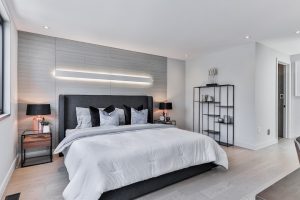


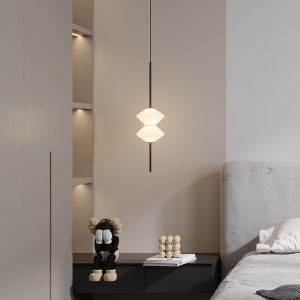

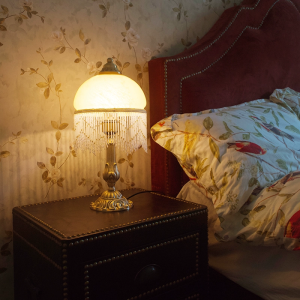
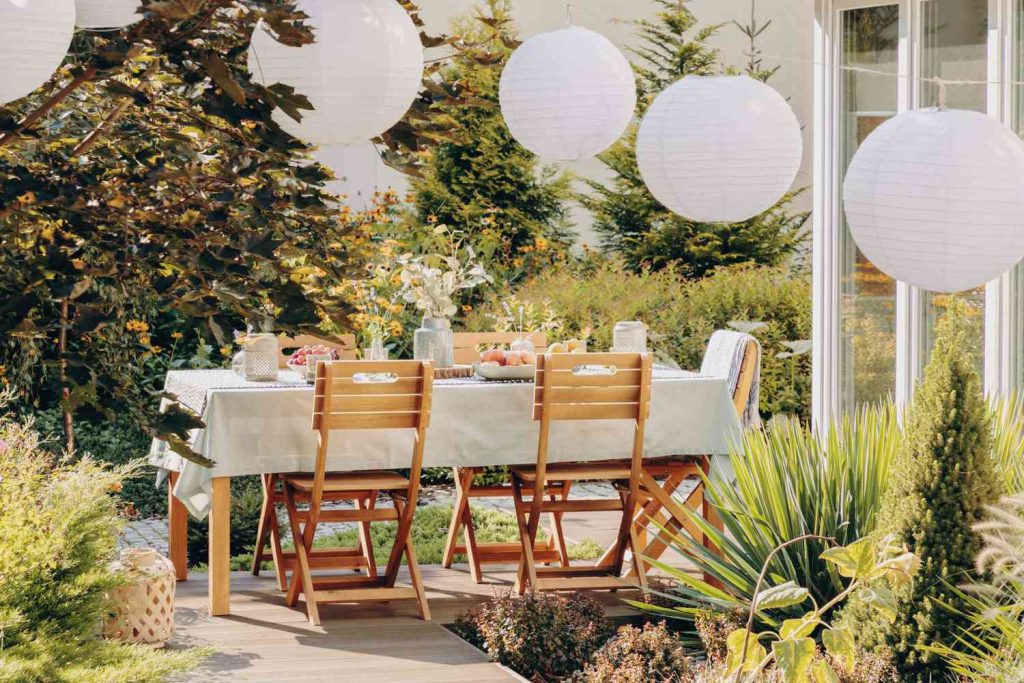

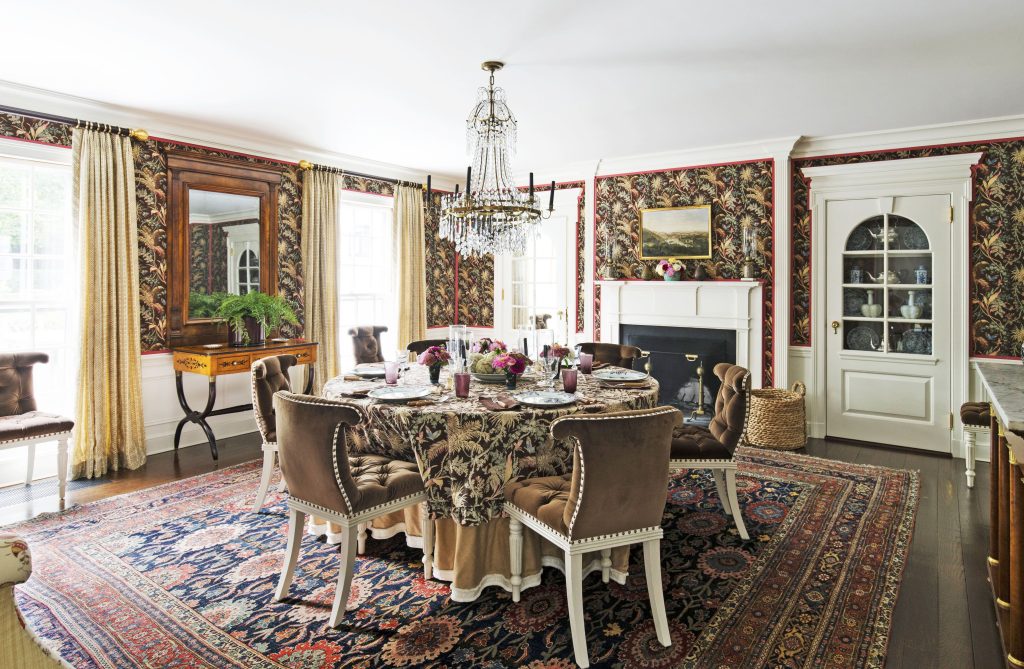


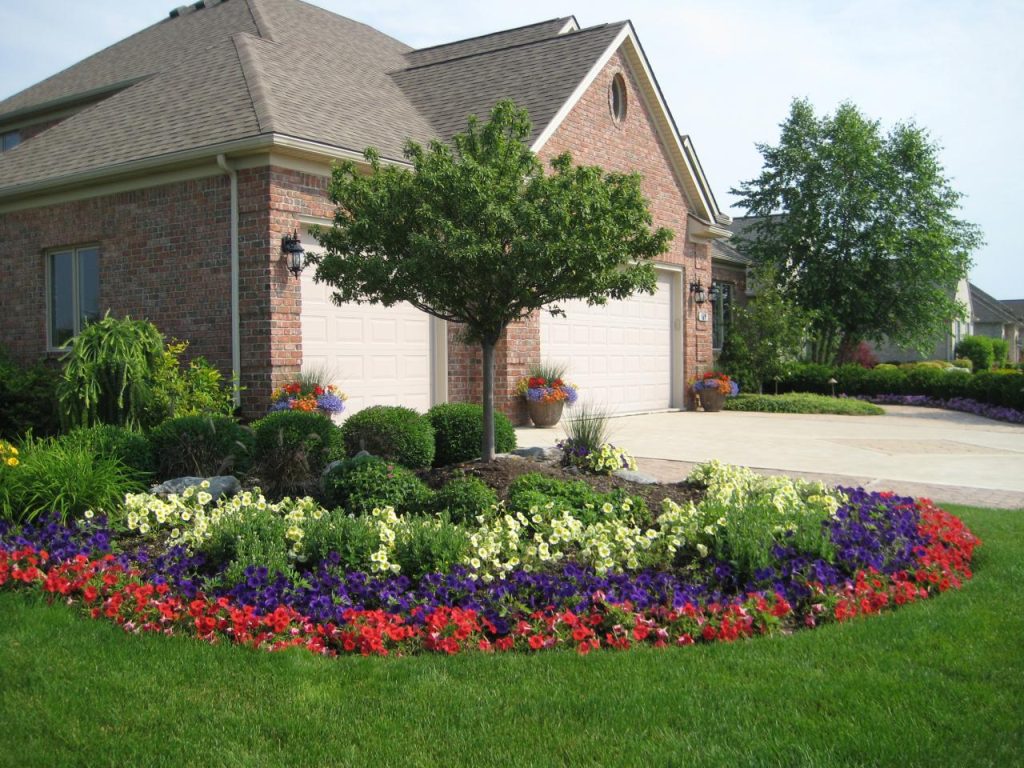
Leave a Reply